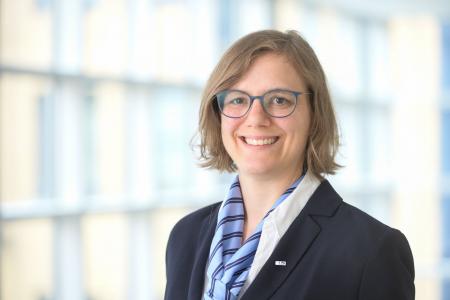Presbyopia and astigmatism are widespread. To prevent the glasses from becoming unavoidable, the Laser Zentrum Hannover e.V. (LZH) has developed a virtual eye model together with two project partners. With this, an eye surgery can be simulated. During the so-called fs-lentotomy, the lens of the eye is made more flexible again by generating microsections with a femtosecond laser. In fs-keratotomy, the astigmatism of the cornea is compensated by targeted cuts.
For the RayFEye project, the scientists of the LZH have developed both a mechanics and an optics model. The mechanical model was used on test eyes (a by-product of the animal) to examine how laser incisions in the lens and the cornea influence their refraction behavior. Based on these data, the researchers then developed a biomechanical model that can also be analyzed for optical imaging performance. The model is supposed to predict the optimal placement and the expected vision of the patient before surgery.
The long-term goal is to develop gentle surgical methods and to replace clinical studies through virtual studies.
About RayFEye
In addition to the LZH, the Optimo Medical AG (formerly Integrated Scientific Services AG), which is developing the OptimEyesTM software, and the ROWIAK GmbH, the manufacturer of the laser system, are involved in the project. The joint project "Ray tracing in ophthalmic finite element models for predicting visual acuity enhancement" (RayFEye) was funded within the framework of the Eurostars program by the Federal Ministry of Education and Research (BMBF) and by the Swiss State Secretariat for Education, Research and Innovation (SERI) under the grant number 01QE1545B.
There is one figure for this press release.

